How to tell when vegetables are ready to harvest
Harvesting vegetables at the right moment is one of the most rewarding experiences in gardening — but it’s also where many gardeners make costly mistakes. Pick too early, and you lose flavor and nutrients. Pick too late, and you risk tough textures, reduced sweetness, and spoilage.
In this Article, you’ll learn exactly how to tell when vegetables are ready to harvest, including visual cues, touch indicators, and even subtle plant signals. We’ll also cover common harvesting mistakes, climate-specific tips, and post-harvest storage advice to make sure your garden rewards you with peak freshness.
Understanding Vegetable Maturity
Before diving into specific crops, it’s important to know there are three general harvest stages:
- Immature Stage – Small size, underdeveloped flavor, and texture.
- Peak Ripeness – Optimal sweetness, nutrition, and tenderness.
- Overripe Stage – Loss of crispness, bitterness, or seed overgrowth.
Above-Ground Vegetables Signs of Ripeness
1. Tomatoes
- Visual Cue: Uniform deep red, orange, or yellow (depending on variety).
- Touch Test: Slightly soft but not mushy when gently squeezed.
- Tip: Leave tomatoes on the vine until fully colored for best flavor.
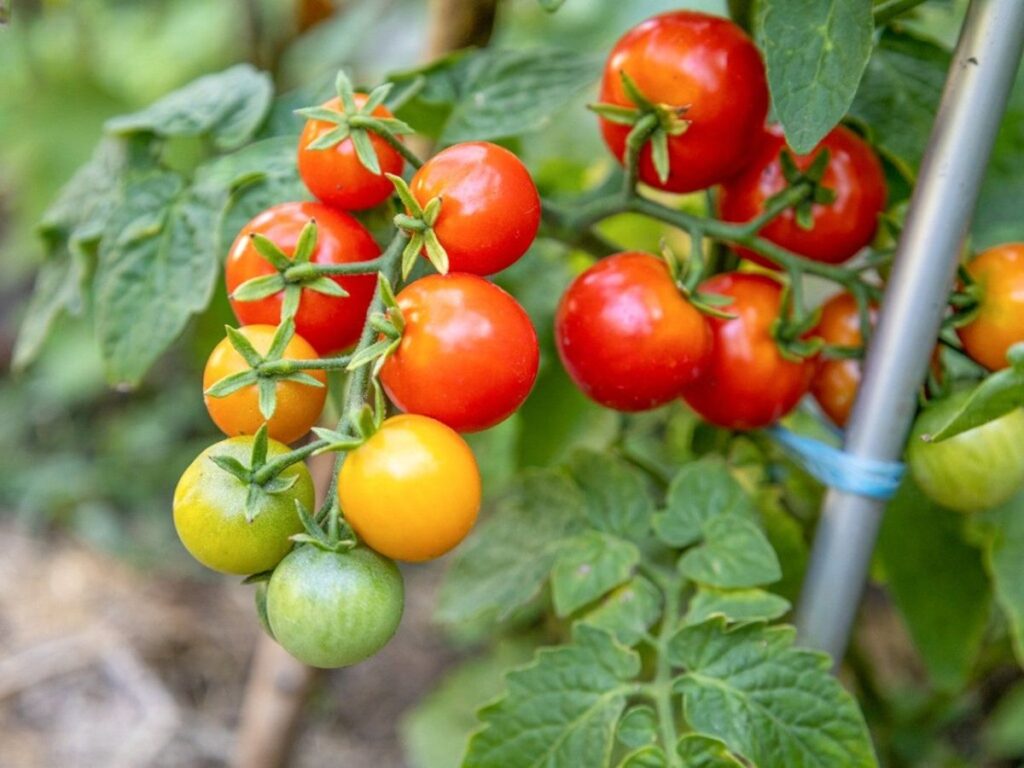
2. Zucchini
- Ideal Size: 6–8 inches (15–20 cm) for tender texture.
- Overripe Warning: Skin becomes tough and seeds enlarge.
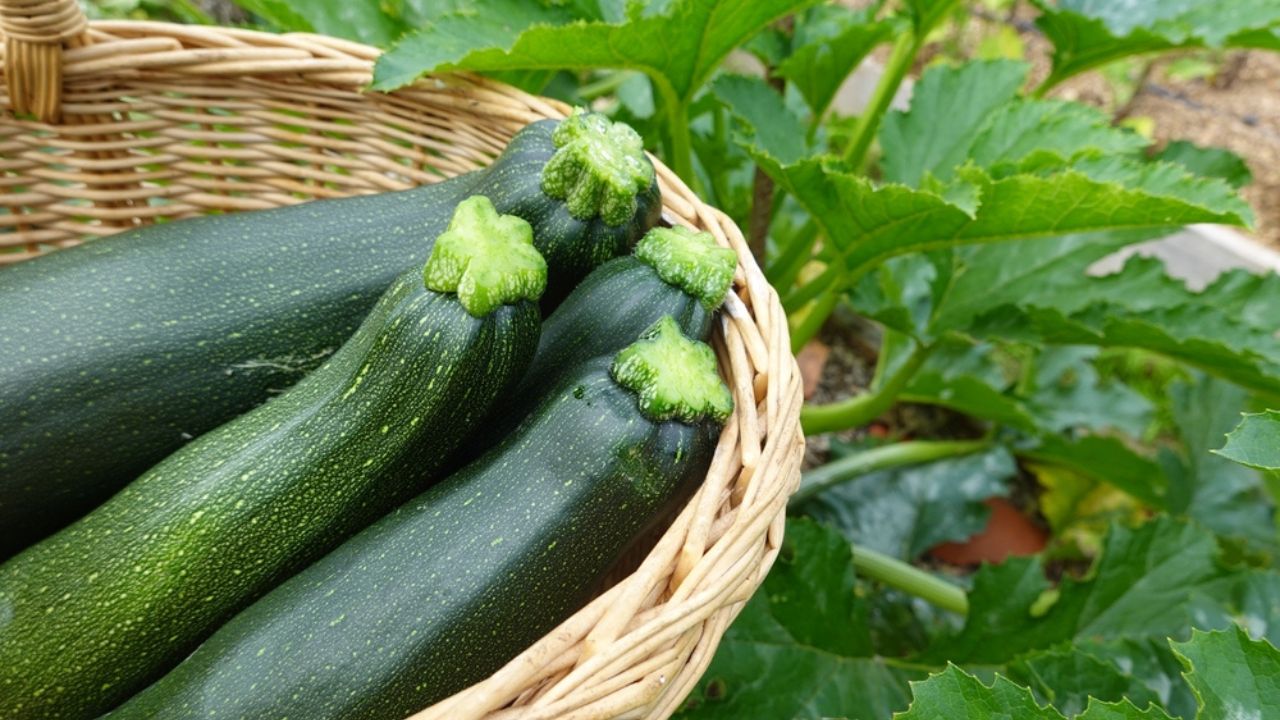
3. Green Beans
- Ready When: Pods are pencil-thick and snap cleanly when bent.
- Harvest Tip: Pick every 1–2 days to encourage continuous production.
4. Bell Peppers
- Green Stage: Edible at any size but less sweet.
- Fully Ripe Stage: Turns red, yellow, or orange; sweeter with more vitamin C.
5. Cucumbers
- Mature Sign: Skin texture smooths out and color deepens.
- Warning: Leaving cucumbers too long can cause bitterness.
6. Sweet Corn
- Silk Test: Silk turns brown and dry.
- Kernel Test: Pierce a kernel; if it releases milky liquid, it’s ready.
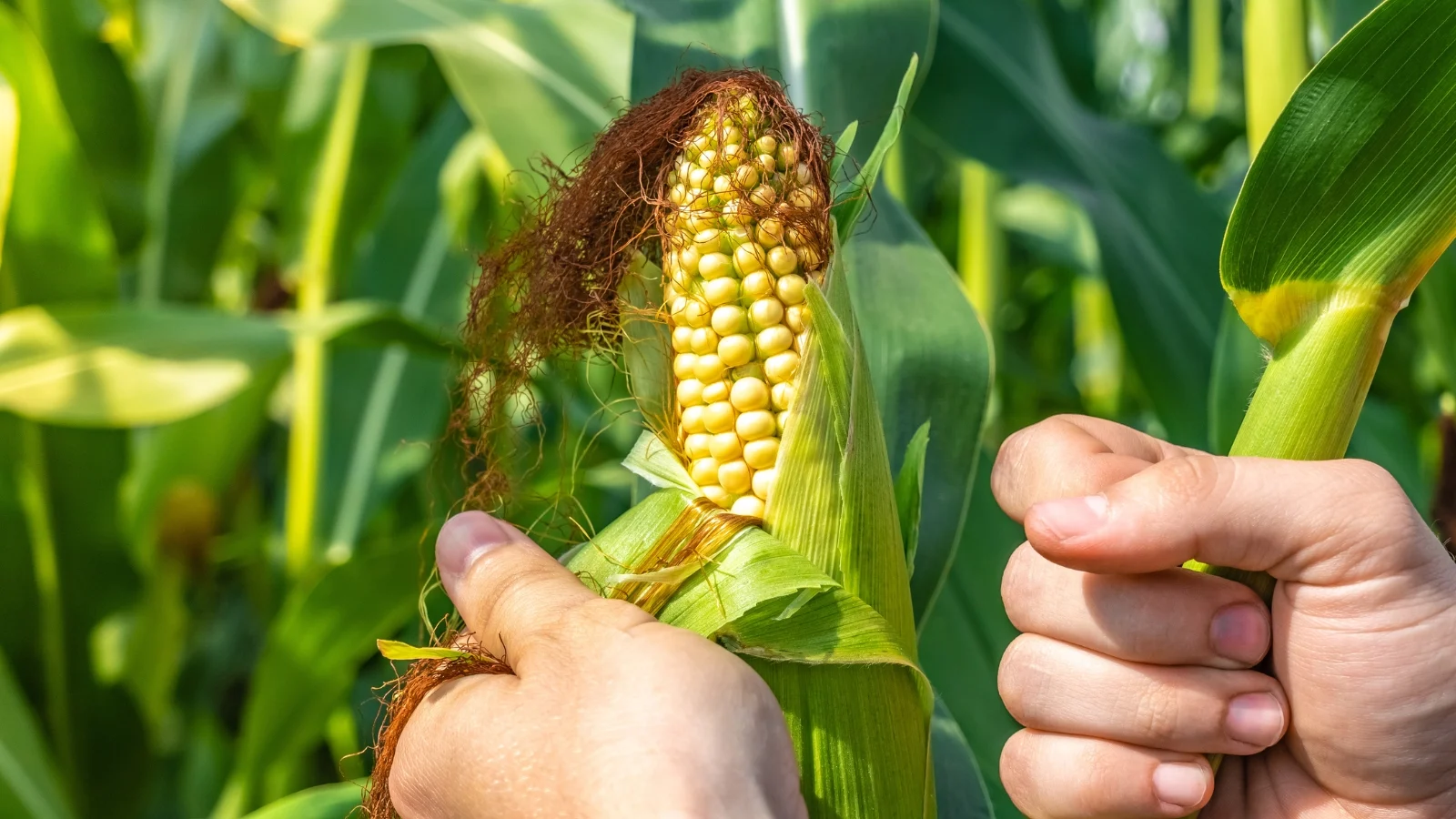
7. Melons
- Cantaloupe: Separates from stem with a gentle tug.
- Honeydew: Bottom softens and develops a subtle sweet aroma.
- Watermelon: Underside turns creamy white; tapping produces a deep, hollow sound.
Root Vegetables When to Unearth Them
1. Garlic
- Sign: All but 4–5 upper leaves have yellowed or browned.
- Tip: Cure bulbs in a dry, airy place before storage.
2. Onions
- Sign: Tops flop over and turn golden-brown.
3. Beets
- Optimal Size: 1.5–3 inches (3.8–5 cm) in diameter.
- Overripe Risk: Larger beets lose sweetness and turn woody.
4. Potatoes
- New Potatoes: 2–3 weeks after flowering.
- Storage Potatoes: Harvest when foliage dies back completely.
5. Carrots
- Sign: Tops push out of the soil and display full color.
- Tip: Can be stored in the ground during cool weather.
Climate & Seasonal Harvest Tips
- Cooler Climates: Vegetables mature slower; watch for frost risk.
- Warmer Climates: Crops may ripen faster; monitor daily.
- Transitional Seasons: Growth may stall; patience is key.
Post-Harvest Storage & Preservation
- Short-Term Storage: Keep vegetables in a cool, dry place or refrigerator.
- Long-Term Storage: Blanch and freeze beans, carrots, and corn; cure and store onions, garlic, and potatoes.
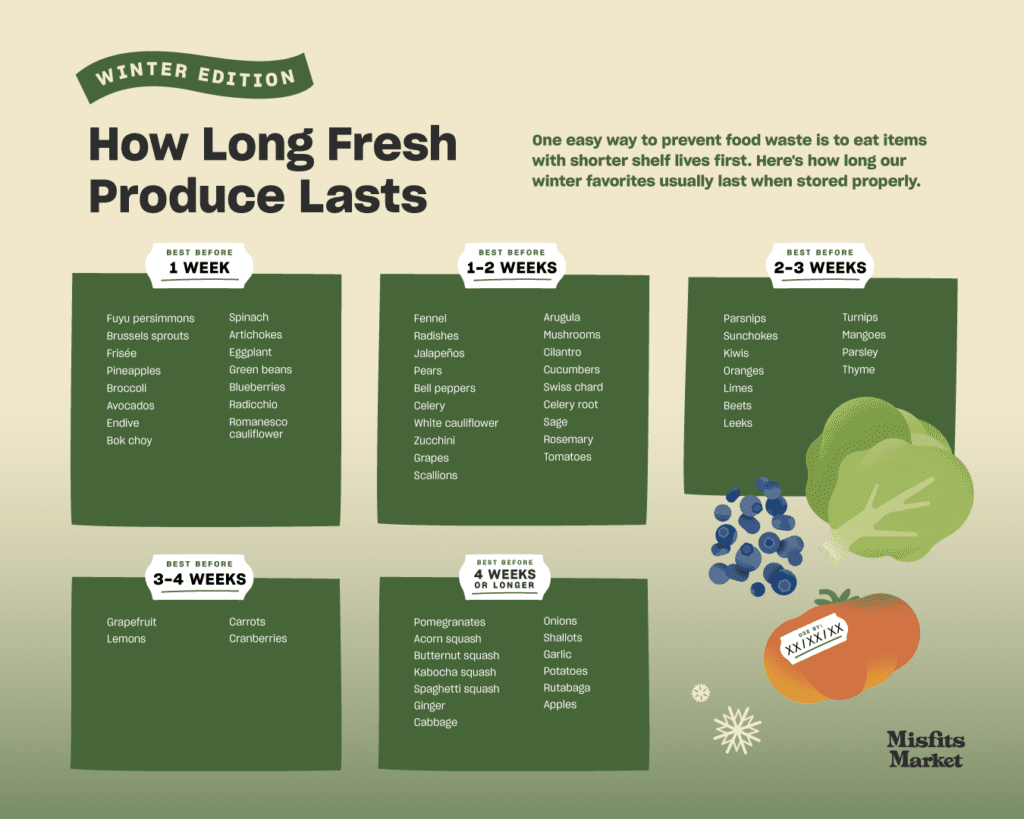
Common Harvesting Mistakes to Avoid
- Picking too early out of impatience.
- Ignoring signs of over-ripeness.
- Pulling root crops without loosening soil.
- Washing produce before storage (causes faster spoilage).
| Vegetable | Ripeness Indicator | Days from Planting (avg.) |
|---|---|---|
| Tomato | Fully colored, soft touch | 60–85 days |
| Zucchini | 6–8 inches length | 45–55 days |
| Green Beans | Pencil-thick pods | 50–60 days |
| Bell Pepper | Color change | 60–90 days |
| Cucumber | Smooth, deep color | 50–70 days |
| Sweet Corn | Brown silk, milky kernels | 70–100 days |
| Cantaloupe | Stem slips easily | 75–95 days |
| Garlic | Leaves mostly brown | 90–120 days |
| Onion | Tops flop over | 100–120 days |
| Beet | 1.5–3 inches wide | 50–70 days |
| Potato | Foliage dies back | 90–120 days |
| Carrot | Tops visible above soil | 60–80 days |
Conclusion
Knowing how to tell when vegetables are ready to harvest is a skill that combines observation, patience, and practice. By recognizing visual cues, touch indicators, and growth timelines, you can enjoy vegetables at their flavorful, nutrient-packed peak — and avoid the disappointment of underripe or overripe produce.
With this harvest guide, your garden can deliver not just quantity, but unbeatable quality.

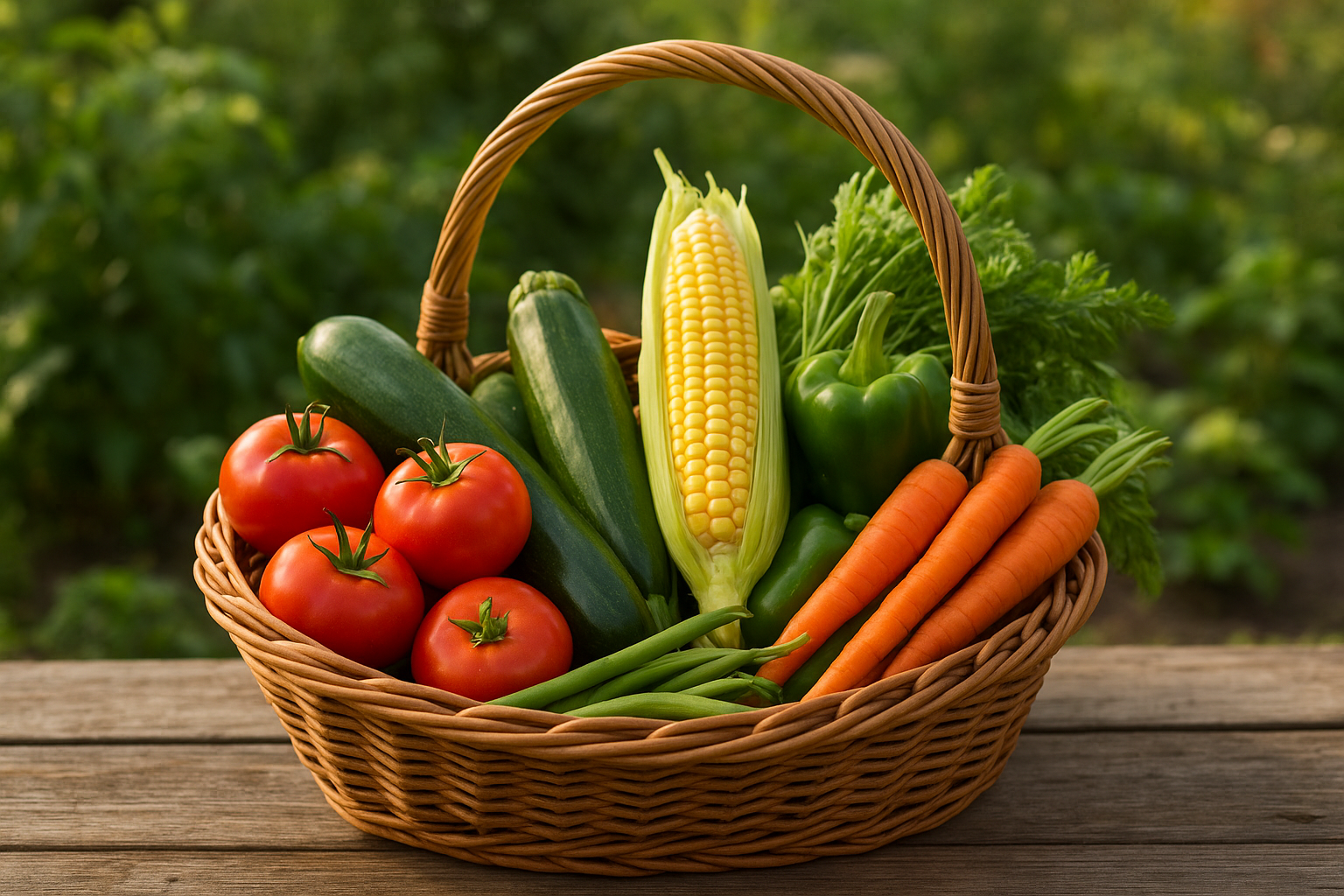
3 thoughts on “How to tell when vegetables are ready to harvest – 2025”